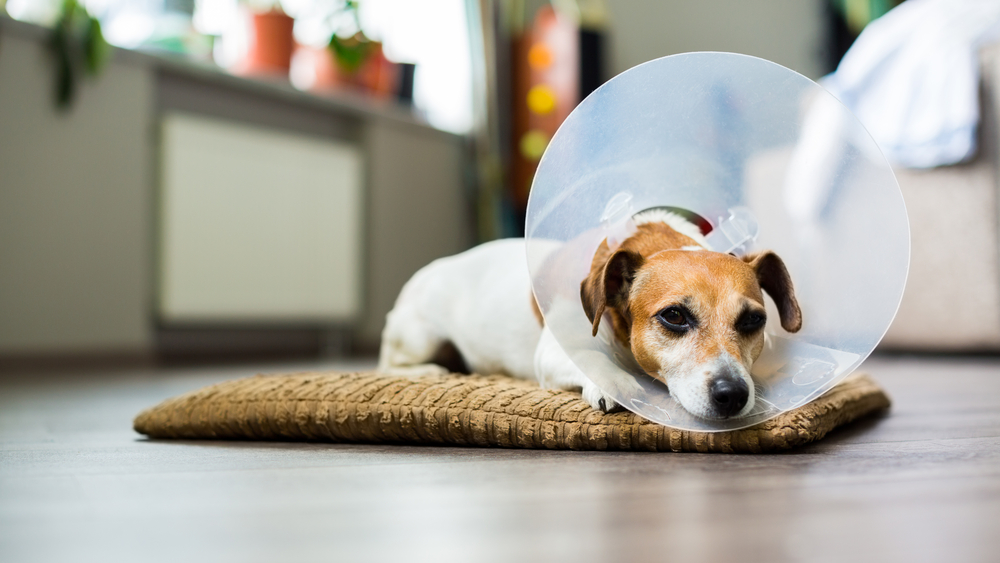You want to provide the best care for your furry friend after spaying or neutering them. Though it is a routine procedure, proper aftercare and monitoring ensure your pet actively heals quickly and comfortably. Follow these recovery tips to help your dog, cat, or other animal bounce back smoothly post-surgery.
Understanding the Procedure
Knowing what happens in a spay or neuter helps you actively grasp the recovery process. In a spay, the vet actively removes the female dog or cat’s ovaries, fallopian tubes, and uterus through an incision in the abdomen. For a neuter, the vet actively removes the male animal’s testicles, epididymis, and spermatic cords. Veterinarians actively perform both procedures under general anesthesia.
Pick Up Your Pet Promptly
Actively retrieve your pet as soon as permitted after surgery, usually within a few hours. The clinic will keep your companion comfortable and monitored as they wake from anesthesia. Remember to take discharge instructions and medication from the vet.
Keep Your Pet Calm
Your pet will be groggy, so stroll and support when getting them to your car. Keep kids and other pets away during this transition. Drive cautiously, avoiding abrupt stops or turns that could jostle them. At home, set them up in a quiet, confined space with soft bedding. Limit interactions with other pets during the initial recovery.
Monitor the Incision Site
Some swelling and redness are normal around the stitches. If provided, actively use the cone collar to prevent licking or scratching the area. Contact your vet if you notice oozing or bleeding that does not stop, severe swelling, or signs of irritation around the incision.
Hydrate and Feed Gradually
Hydration is essential after surgery, so provide fresh water. Introduce food slowly in small portions for several hours post-op. A diet of boiled chicken and rice helps prevent stomach upset. Gradually increase your pet’s food portions.
Administer Medication
Give all medication as directed, generally for pain management and preventing infection. Use the prescribed dosage timing, and do not stop early, even if your pet seems back to normal. Ensure you finish the whole course.
Limit Activity
Actively confine cats indoors and limit dogs to leashed walks for potty needs for 10 to 14 days post-surgery. Don’t allow running, jumping, rough play, stairs, or strenuous activity that could tear internal stitches. Limit licking and chewing the area.
Watch for Complications
Monitor the incisions for abnormal swelling, continued bleeding, or fluid drainage. Check for changes in eating, drinking, urinating, or defecating, as these could indicate issues. Avoid other medications unless first checked with your vet. Immediately seek veterinary help if you notice signs of infection.
Allow Time for Full Healing
Internally, complete healing takes several weeks. Your vet will schedule a post-op recheck about two weeks after surgery to ensure proper recovery. Spayed and neutered pets usually quickly recover with extra love and patience.
Conclusion
Caring for your pet after spay or neuter surgery ensures they heal comfortably and compliantly. Follow your veterinarian’s specific instructions for a smooth recovery. With some rest and restriction from activity, your furry friend will return to their happy, healthy self again soon.
For more information on neutering and spaying, visit Mokena Animal Clinic at our office in Mokena, Illinois. Call 708-479-2811 to schedule an appointment today.


